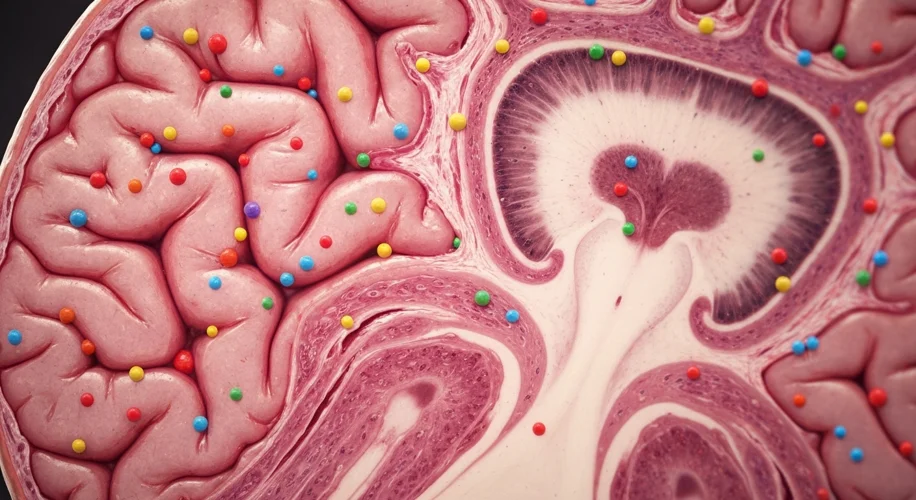Microplastics: The Invisible Invaders in Our Brains
It’s hard to escape the news these days: microplastics are everywhere. From the deepest oceans to the air we breathe, these tiny plastic fragments have become a pervasive part of our environment. We’ve seen reports of them in our food, our water, and even, as one striking piece of commentary noted, in human testicles. But today, I want to focus on a particularly concerning area of research: what these microscopic invaders might be doing inside our brains.
What Are Microplastics, Anyway?
Microplastics are tiny pieces of plastic, generally defined as fragments less than 5 millimeters in size. They originate from the breakdown of larger plastic items or are manufactured directly at a small size, like microbeads in cosmetics (though many countries have banned these).
The Brain Barrier: A New Frontier
For a long time, scientists believed the brain was relatively protected from external contaminants by the blood-brain barrier (BBB). This is a highly selective semipermeable border of endothelial cells that prevents unwanted substances from crossing from the bloodstream into the brain. However, recent studies are starting to challenge this idea.
Early Evidence: Microplastics in the Brain
Research published in journals like Environment International has shown the presence of microplastics in human brain tissue. These studies often analyze tissue samples from autopsies, identifying plastic particles across various regions of the brain. The types of plastics found can include polyethylene (used in plastic bags and bottles), polystyrene (used in styrofoam), and polypropylene (used in food containers and car parts).
Potential Effects: What Could Be Happening?
While research is still in its early stages, scientists are exploring several potential effects of microplastics in the brain:
- Inflammation: The presence of foreign particles can trigger an inflammatory response in the brain. Chronic inflammation is linked to a number of neurological issues.
- Oxidative Stress: Some studies suggest microplastics can induce oxidative stress, a type of cellular damage that can contribute to aging and disease.
- Disruption of Brain Function: There’s a concern that microplastics, especially those with adsorbed chemicals or additives, could interfere with normal neurological processes, although direct evidence in humans is limited.
- Passage Mechanisms: How do they get there? Scientists are investigating potential pathways, including the olfactory nerve (which connects the nose directly to the brain) or potentially crossing a compromised blood-brain barrier.
What Does This Mean for Us?
It’s natural to feel concerned when learning about microplastics in our brains. This is an active area of scientific investigation, and more research is needed to fully understand the long-term health consequences. What we do know is that reducing our overall plastic consumption is a crucial step in mitigating this growing environmental and potential health challenge.
As a scientist, I’m always drawn to the data. While the picture is still emerging, the presence of microplastics in our most vital organ is a significant finding that warrants our attention and continued scientific inquiry. It highlights the need for innovative solutions to plastic pollution and encourages us to think critically about the materials we use every day.

